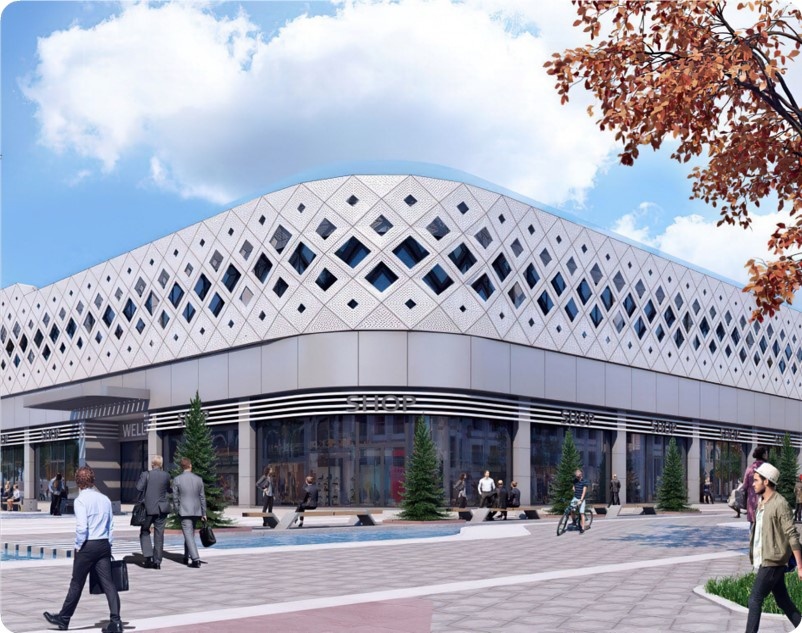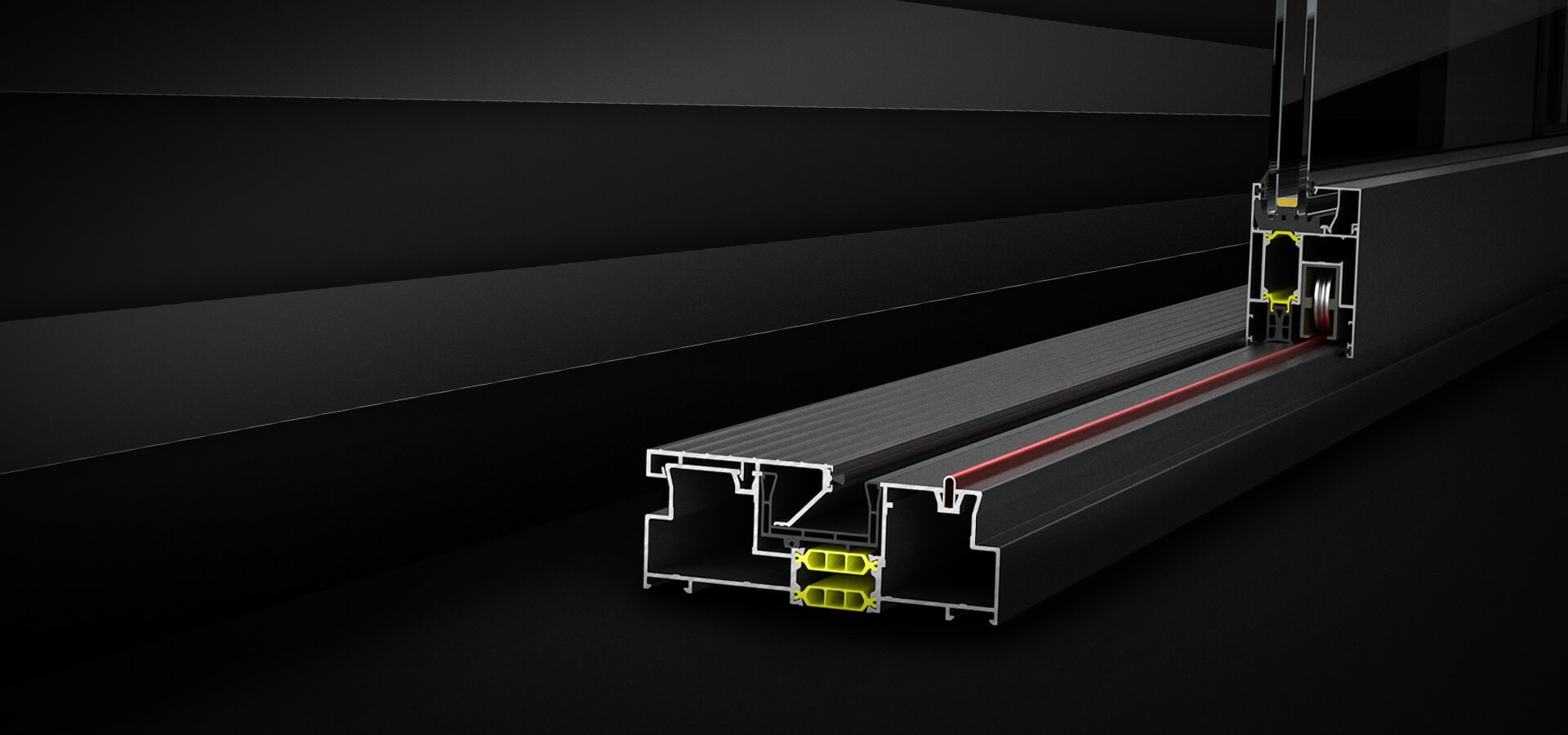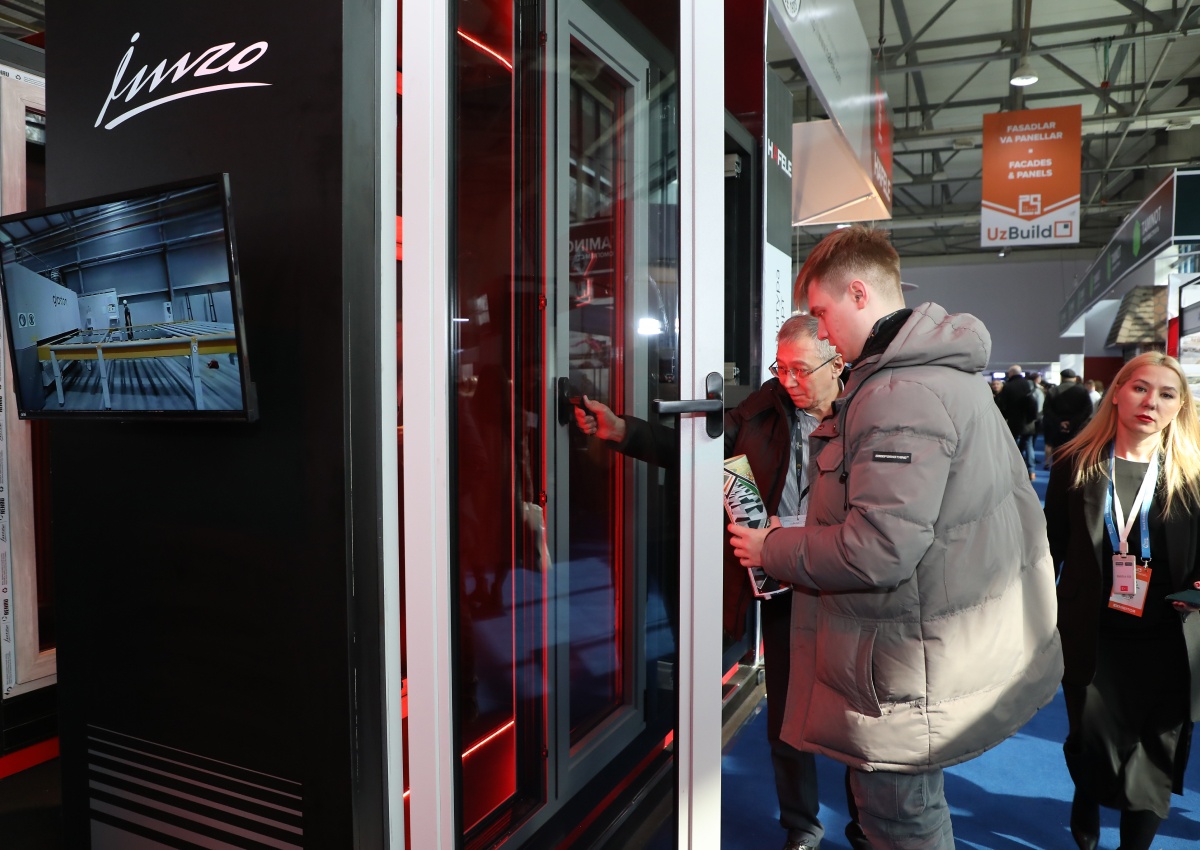
Windows of the Future: What Technologies Will Change the Market in the Next 10 Years?
17.03.2025
Windows are more than just architectural elements that let in light and air. Technology and innovation in this area have been rapidly developing in recent decades, and we can expect major changes in the next 10 years. Modern windows not only improve the energy efficiency of buildings, but also become smart, integrate into the smart home ecosystem, and use advanced materials and designs to improve their functionality and durability. Let's take a look at what technologies will change the window market in the coming years.
1. Smart windows
Smart windows are no longer science fiction, but a reality, and they will become much more common in the future. These windows can adapt to external conditions and the needs of the owner, providing ideal comfort in the room.
1.1. Electrochromic glass
One of the most striking technologies that will be actively developed is electrochromic glass. This glass can change its transparency depending on the effect of electric current. This process darkens the glass, reducing the amount of sunlight and heat that enters the room. This allows:
- Reducing the need for air conditioning in the summer, as the room will remain cool.
- Reducing heating costs in the winter, as the glass can become more transparent, allowing more solar heat to pass through.
- Controlling light and privacy without the use of curtains or blinds.
In the next 10 years, such technologies may become the standard in buildings with increased requirements for energy efficiency and comfort.
1.2. Windows with automatic sunlight adjustment
Another developing technology is windows with automatic sunlight adjustment. Such windows use sensors that analyze the light and temperature in the room. Depending on the conditions, the windows automatically change the degree of darkening or transparency of the glass. This reduces the need for artificial lighting and maintains an optimal temperature in the room.
1.3. Integration with a "smart home"
Smart windows can integrate with other devices in your home through smart home control systems, such as voice assistants or mobile applications. This will allow you to:
Control the state of windows in real time, including opening and closing them, adjust the level of shading and temperature.
Install windows that will automatically open for ventilation at certain hours or in the event of an increase in the level of carbon dioxide in the room.
2. Energy-efficient windows
Every year, the demand for energy-efficient windows that provide excellent heat and sound insulation is growing. Technologies aimed at improving thermal insulation will continue to develop and improve, which will significantly reduce the need for heating and air conditioning.
2.1. Double-glazed windows with improved thermal insulation
Today, the standard is double-glazed and triple-glazed windows, which effectively retain heat in the room. However, in the future, we can expect the emergence of new materials and designs of double-glazed windows that will have even higher insulating properties. For example:
Gases with low thermal conductivity, such as krypton or argon, will replace the usual air between the panes.
New glass coatings, such as Low-E (low-emission coating), will be even more effective in blocking heat loss.
2.2. Glass with heat-accumulating properties
It is expected that in the coming decades, glass with heat-accumulating properties will appear. Such glass will be able to accumulate solar heat during the day and gradually release it at night, which will reduce the need for heating and increase the energy efficiency of the building.
2.3. Windows with photovoltaic cells
In the future, photovoltaic cells integrated into glass may also appear, which will convert solar energy into electricity, helping to reduce energy costs and make buildings more autonomous.
3. Sustainable and environmentally friendly materials
One of the important areas in the development of window technologies is the use of environmentally friendly and sustainable materials. In the next 10 years, we can expect a transition to materials that are:
- Lightweight and durable, but also environmentally friendly, which will reduce the carbon footprint during the production and operation of windows.
- Recyclable and capable of being recycled at the end of their service life.
Use of bioplastics and other natural materials in the production of window frames and glass.
4. Increased safety and security
Security is an important aspect when choosing windows, and security technologies will become increasingly sophisticated and effective in the coming years.
4.1. Smart windows with burglary protection
Smart windows can be equipped with sensors that respond to attempts at burglary or unauthorized access. For example:
Glass with built-in vibration sensors that can signal an attempt to break or burglarize it.
Automatic protection - in the event of a threat, windows can "lock" or change their shape to make access more difficult.
4.2. Fire-resistant technologies
New technologies will also provide improved fire protection. For example, fire-resistant windows that can prevent the spread of fire and smoke using glass with fire-resistant coatings or built-in systems to prevent overheating.
5. Self-cleaning windows
Self-cleaning window technology is becoming more and more accessible every year. This is glass covered with a special coating that uses sunlight to break down dirt and dust on the surface of the glass. This technology will significantly reduce the need for frequent window cleaning.
6. Innovative installation methods
New technologies will also change the way windows are installed:
- 3D window printing - in the future, windows may be manufactured and installed using 3D printing technologies, allowing for the creation of custom-shaped and sized windows directly at the construction site.
- Mobile window installation systems that will be faster and more efficient, reducing installation costs and time.
The window market will undergo significant changes in the next 10 years. Technologies will develop rapidly, improving the quality of life, reducing energy costs and improving the functionality of windows. We will see windows become not only elements that transmit light, but also important participants in the smart home ecosystem, resistant to external influences and able to maintain a high level of comfort and safety.
Contact us
Contacts
Still have questions? Contact us or leave a request and our manager will call you back!





